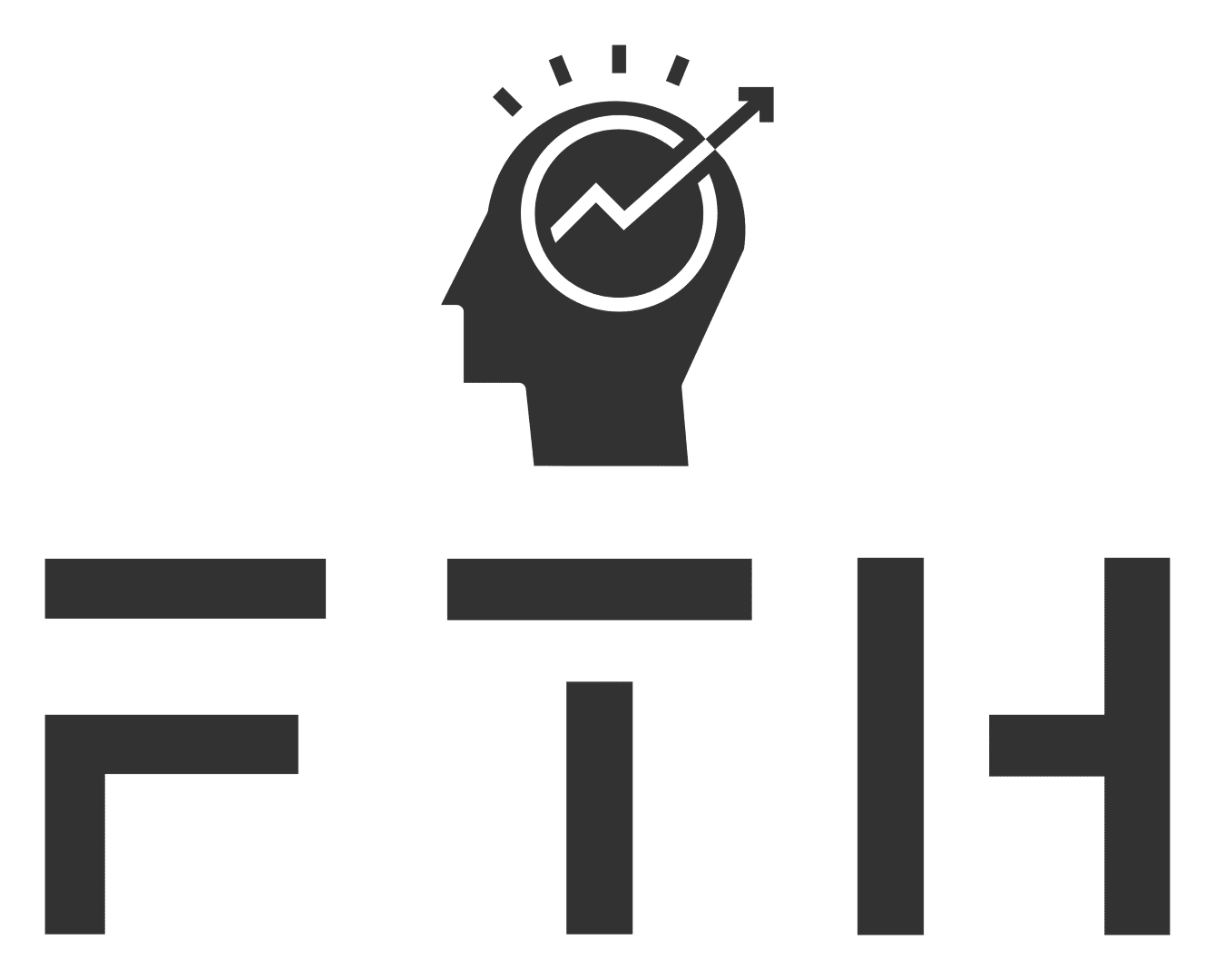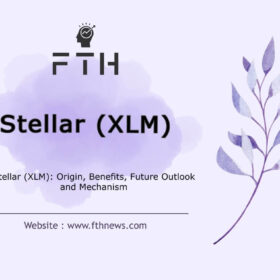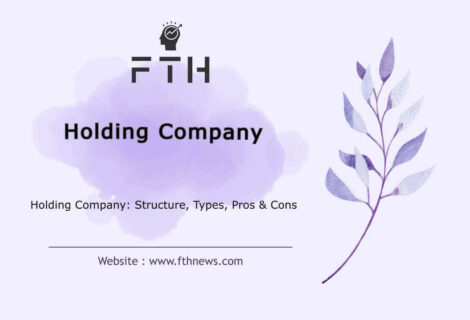
Monero XMR Cryptocurrency: What It Is, Its History, Advantages, Future, and How It Works
Monero blockchain stands out as one of the most prominent and contentious cryptocurrencies within the blockchain sphere. Revered for its unique features, it consistently maintains a position among the top 20 cryptocurrencies globally. In this comprehensive article, we delve into the mechanics of Monero and its distinctive attributes, shedding light on why it has garnered such recognition.
Commencing its operations in 2014 as an open-source blockchain, Monero operates on the fundamental principles of blockchain technology. Typically, a public ledger records and makes transactions visible to network users. However, the Monero blockchain is ingeniously designed to thwart tracking and identification of its transactions. Essentially, Monero places a paramount emphasis on safeguarding users’ privacy and fostering equal opportunities for individuals to execute their programs without compromising confidentiality.
It’s essential to note that the cryptocurrency associated with the Monero blockchain is referred to as XMR.
What is Monero: A Secure and Private Digital Currency
In the ever-evolving landscape of digital currencies, XMR stands out as a secure, private, and untraceable cryptocurrency. Employing specialized cryptographic techniques, Monero ensures the confidentiality and anonymity of all its transactions. In a world increasingly characterized by transparency, the significance of a digital currency like XMR becomes evident, attracting considerable interest from users seeking heightened privacy.
Understanding Monero: Key Features of Monero
1. Security: XMR places a paramount emphasis on security, aiming to instill trust among its users by facilitating transactions without the risk of errors or attacks. The commitment to a robust security framework is a cornerstone of Monero’s mission.
2. Privacy: Privacy is a core tenet of Monero’s philosophy. Recognizing the importance of safeguarding user information, XMR goes to great lengths to ensure the privacy of its users, even in the face of legal challenges. The commitment extends to protecting users from severe consequences, underscoring the gravity with which Monero approaches privacy.
3. Decentralization: Monero is a staunch advocate for the highest degree of decentralization. Aligning with the foundational principles of blockchain technology, XMR believes in distributing control and authority across its network. This commitment to decentralization serves to create a more resilient and democratic system.
Proof-of-Work Consensus Algorithm: Mining XMR
XMR utilizes a proof-of-work consensus algorithm, similar to Bitcoin. This means that, like Bitcoin, XMR is a mineable digital currency. The mining process, powered by this algorithm, not only validates transactions but also contributes to the overall security and integrity of the Monero blockchain
In conclusion, Monero’s unique position as a secure and private digital currency, coupled with its dedication to the principles of security, privacy, and decentralization, makes it a distinctive player in the cryptocurrency landscape.
History of Monero
The inception of the Monero project can be traced back to 2014 when a collective of blockchain enthusiasts collaborated to bring this innovative concept to life. The codes underpinning the XMR project draw inspiration from the CryptoNote and Bytecoin projects. In 2012, Nicolas van Saberhagen introduced Krypton T, and a year later, he released an improved white paper titled Cryptonote 0.2. This version incorporated beneficial features that found application in the structure of Monero.
While Bitcoin was the pioneer cryptocurrency to adopt CryptoNote’s privacy-centric protocol, dissatisfaction arose when it was discovered that the Bitcoin development team had already mined 80% of the project’s tokens for themselves. In response, led by Riccardo Spagni, a group of users devised a new iteration of Bitcoin. In this revamped version, no tokens were pre-mined, and developers refrained from claiming any shares. This ethos underscores the equality among all members of the XMR blockchain, where the amount of XMR cryptocurrency one possesses is contingent on the effort invested.
Founders of Monero (XMR)
When it comes to the identity of Monero’s founders, a veil of secrecy shrouds the majority of the development team. Out of the initial seven members, five chose to remain anonymous. The identities of only two individuals, Riccardo Spagni and David Latapie, have been disclosed.
Mining Monero
Monero mining stands as an inclusive opportunity accessible to all. In crafting the XMR cryptocurrency, the founders prioritized egalitarianism, eschewing any allocation of shares to the development team during the initial release. Instead, all available cryptocurrencies were dispersed across the network and made available for mining. The mining process itself is straightforward, and individuals are even incentivized for joining mining pools. Notably, specialized hardware devices are not a prerequisite for mining XMR; one can easily mine it using a personal laptop.
Scalability of Monero Cryptocurrency
One of the persistent challenges in the blockchain realm is scalability, primarily stemming from the fixed and unalterable size of blocks. Monero addresses this issue by dynamically adjusting the block size in tandem with transaction volume. This adaptive approach sets XMR apart, facilitating smoother scalability as transaction numbers fluctuate.
Investing in Monero: A Prudent Decision?
The statistics reveal a compelling narrative for potential investors. From January 15, 2020, to January 15, 2021, Monero experienced a noteworthy 137% increase in its price. This surge can be attributed to its popularity among users, driven by unique features and the accessibility of mining. The absence of a requirement for specialized hardware positions Monero as a cost-effective option for both mining and purchasing.
Monero Hard Forks:
Monero’s commitment to equitable distribution led to the implementation of a hard fork every two years. This practice serves dual purposes: rectifying blockchain deficiencies and enhancing security. With each hard fork, the mining algorithm undergoes changes, preventing existing miners from dominating the network. This strategic approach promotes decentralization, ensuring a level playing field for all participants in Monero mining.
Understanding the Mechanism of Monero (XMR)
At the core of Monero’s operation lies an application layer encryption protocol, centered around confidentiality through the utilization of ring signatures. This innovative concept was initially introduced in 2001 at the Queensland Cryptography Conference in Australia by Ron Rivest, Adi Shamir, and Yael Tauman.
Secret Addresses and Transaction Evasiveness:
Monero’s primary utility stems from its incorporation of secret addresses and transaction evasiveness. This unique feature ensures that the sender and receiver remain shielded from public visibility. Optionally, users can control who has the ability to view the sender and receiver, thanks to a separate embedded public key/private key system.
Variable Block Size for Flexibility:
Monero’s block size is variable, offering flexibility in data management and scalability. This adaptability is a result of the Monero protocol’s structure, which, for the sake of confidentiality, demands more data and cryptography around each transaction.
Ring Confidential Transactions and Stealth Addresses:
Monero employs ring confidential transactions and stealth addresses to safeguard the sender and receiver from eavesdropping, ensuring the privacy of their financial interactions.
Understanding Ring Signatures:
To comprehend the significance of ring signatures, consider the analogy of writing a check. When you sign a check, your signature is recognizable to anyone who views it. Ring signatures function similarly, albeit with a layer of anonymity.
In Monero, when Alice initiates a transaction, she selects a ring size (let’s say 4). This ring size corresponds to random outputs from the blockchain, equal to the output value of Alice’s transaction (e.g., 1000 Monero). The larger the ring size, the higher the transaction fee. Alice signs these outputs with her private spend key and sends the transaction to the blockchain.
Importantly, Alice doesn’t need permission from previous transaction owners to utilize these outputs. The chosen ring size ensures that 4 different outputs are merged with Alice’s transaction, confounding third parties attempting to identify her transaction. The recipient, armed with a special key, can discern the relevant transaction among all transactions.
Ring Confidential Transactions (Ring CT):
Before the implementation of Ring CT in 2017, Monero transactions exposed the transaction amounts. For instance, if Alice wanted to send 12.5 Monero to Bob, she’d have to split the transaction into several parts, conducting separate transactions with values like 10, 2, and 0.5 Monero. Each transaction used its own ring signature and was added to the blockchain individually.
With the advent of Ring CT, based on Gregory Maxwell’s research, the need to break transactions into smaller parts was eliminated. This enhancement rendered the transaction value invisible to the public, providing an additional layer of privacy.
It’s noteworthy that Monero employs I2P routing called KOVRI to further enhance privacy when transmitting transactions to the network. This multifaceted approach ensures a high level of confidentiality and security in Monero’s digital currency transactions.
Advantages of Monero Blockchain
Privacy and Untraceability: XMR safeguards user privacy with an untraceable blockchain, offering unparalleled security.
Inclusive Mining: Mining XMR doesn’t require specialized equipment; anyone can participate using a laptop, fostering inclusivity.
Limited Cryptocurrency Issuance: The controlled issuance of new XMR tokens over a prolonged period, approximately 117 years, helps maintain the value of the cryptocurrency.
Dynamic Blockchain Design: Monero’s dynamic blockchain lacks block size restrictions, allowing it to adapt seamlessly to increasing transaction volumes.
Secure Sharing of Account Information: XMR enables users to share account details without jeopardizing the security of their tokens, providing a transparent yet secure transaction experience.
Disadvantages of Monero Cryptocurrency
Criminal Misuse: The anonymity provided by Monero’s blockchain has attracted illicit activities, making it a preferred currency for dark web transactions. This association has led to skepticism surrounding Monero.
Mining Centralization: Despite efforts to ensure widespread mining access, approximately 43% of XMR mining is concentrated in several pools, raising concerns about centralization.
Limited Hardware Wallet Support: Monero’s lack of support from many hardware wallets poses challenges for secure storage, potentially making the protection of XMR more complex.
By considering both the advantages and disadvantages, potential users and investors can make informed decisions regarding the integration and utilization of XMR within the cryptocurrency landscape.
Monero Wallets:
Securing your (XMR) holdings begins with choosing a reliable and approved wallet. The official Monero website provides a list of recommended wallets, ensuring users have access to secure options tailored to different platforms.
Official Wallet:
The desktop wallets endorsed on the Monero site cater to Windows, Linux, and Mac platforms. These wallets are officially recognized and recommended for users seeking a robust desktop solution. It is crucial to adhere to the use of official wallets presented on the XMR site for enhanced security.
MyMonero Wallet:
While MyMonero is an unofficial wallet, it comes with the approval of the Monero website. This recognition adds a layer of confidence for users who may prefer this wallet option.
Monerujo Wallet:
Designed for Android phones, the Monerujo wallet is an approved option endorsed by Monero. It provides a mobile solution for users who prefer managing their XMR holdings on Android devices.
Important Considerations:
Use Official Wallets:
The Monero community strongly emphasizes the use of official wallets listed on the Monero website. This practice ensures that users are accessing legitimate and secure wallet options vetted by the official Monero team.
Comparing Monero and Bitcoin:
1. Transaction Anonymity:
- Bitcoin:
- Utilizes randomly generated fake addresses for user identity protection.
- Transactions and addresses are publicly recorded on the blockchain, providing limited privacy.
- Even aliases, while somewhat anonymous, can be linked to a user’s transactions over time.
- XMR:
- Transactions in Monero are entirely anonymous.The contrast between the transparency of public blockchains, like Bitcoin, and Monero’s privacy-centric transactions is depicted below
2. Fungibility:
- Bitcoin:
- Lacks perfect fungibility due to the unique transaction history of each bitcoin.
- Certain bitcoins may face blacklisting if associated with fraudulent activities.
- XMR:
- Exhibits strong fungibility, allowing two units of Monero to be interchangeable without differentiation.
- Contrastingly, certain bitcoins in Bitcoin may be treated differently based on their transaction history.
3. Transaction History and Blacklisting:
- Bitcoin:
- Transaction history of each bitcoin is permanently recorded on the blockchain.
- Risk of identifying and blacklisting bitcoins linked to illegal activities.
- XMR:
- Provides enhanced security by preventing the traceability of transaction history.
- Users are safeguarded from potential blacklisting, ensuring greater financial privacy.
4. Mining Methodology:
- Bitcoin:
- Relies on proof of work for adding new blocks to the blockchain.
- Susceptible to mining pool dominance with specialized hardware (ASICs).
- XMR:
- Utilizes proof of work but is designed to be ASIC-resistant.
- GPU mining is employed, preventing the concentration of mining power in specialized pools and promoting a fair extraction process.
Monero Tools and Services
The Monero network boasts a robust ecosystem supported by various tools and services that enhance user interaction and provide valuable insights into the blockchain. Here’s an introduction to some key elements:
1. Block Browsers:
- xmrchain.net, MoneroBlocks, Explore Monero, MoneroVision:
- These block browsers are instrumental in searching the Monero blockchain, offering users diverse platforms to explore and analyze transaction data.
2. Address Generator:
- Service Link: Monero Address Generator
- This service generates Monero addresses, private keys, and public keys using random mnemonic seeds. It ensures a secure and random generation process for Monero wallet elements.
3. Network Services:
- NowNodes:
- Provides users access to both browsers and Monero nodes, offering a comprehensive view of the network’s status.
- GetBlock:
- A top node infrastructure facilitating the development of decentralized applications on the Monero network.
- XMR Nodes:
- Allows users to add node addresses and locate them within the Monero network.
- TxStreet:
- A unique simulation tool providing a real-time visualization of the blockchain for several cryptocurrencies, including Monero.
- XMR Nodes Distribution:
- Offers insights into the distribution of active Monero nodes, providing a snapshot of the network’s decentralization.
- XMR Blocks:
- Provides comprehensive information on Monero network blocks, aiding users in understanding the blockchain’s structure and dynamics.
4. Miscellaneous Tools:
- Moneroj (XMR Charts):
- Presents various Monero statistics and charts, offering users a visual representation of the cryptocurrency’s performance.
- Monero Logs:
- A resource to view Monero-related logs, providing additional insights into the network’s activities.
The XMR network’s rich array of tools and services ensures accessibility, transparency, and usability for users seeking to navigate and engage with this privacy-centric blockchain. Whether exploring transaction data, generating wallet elements, or analyzing network statistics, these resources contribute to a comprehensive XMR experience.
Exchanges Supporting Monero (XMR) Cryptocurrency Trading
The trading landscape for (XMR) has evolved, and despite initial legal restrictions, several exchanges now facilitate the buying and selling of this privacy-focused cryptocurrency. Here are some prominent exchanges where users can engage in XMR trading:
- Binance:
- Binance is a leading global cryptocurrency exchange that supports Monero trading. Users can buy and sell XMR on the platform, benefitting from Binance’s extensive range of trading features.
- Cocoin:
- Cocoin is another exchange that provides a platform for Monero trading. Users can explore XMR markets and execute transactions within the Cocoin ecosystem.
- Kraken:
- Kraken, known for its robust security measures, offers support for Monero trading. Users on Kraken can access XMR markets and engage in buying or selling activities.
- Gate:
- Gate is among the exchanges that have embraced Monero, allowing users to trade XMR within its platform. It provides a user-friendly interface for managing Monero transactions.
As legal restrictions have eased and awareness of XMR has grown, more exchanges are including XMR in their offerings. It’s essential for users to verify the current status of XMR support on these platforms, as the cryptocurrency landscape is subject to continuous updates and changes.
Investors and traders interested in XMR can explore these exchanges for a seamless trading experience with the cryptocurrency, benefiting from the liquidity and features offered by these reputable platforms.
FAQ
Yes, Monero remains designed for privacy and is considered untraceable.














